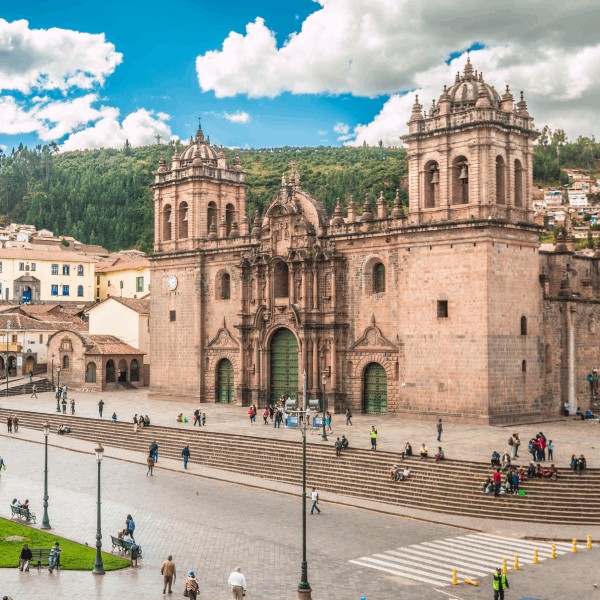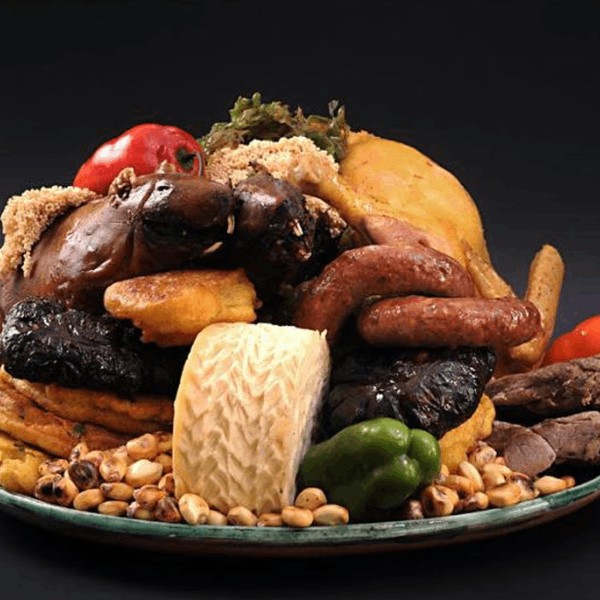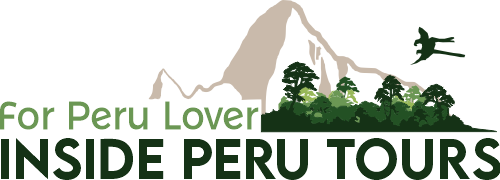 Location:
Location:
Cusco is located in the central and southeastern zone of Peru, covering a large part of the Vilcanota mountain range, and has an area of 76,329 km².
Climate:
Its climate is generally dry and temperate. It has two defined seasons: a dry season from April to October with sunny days, cold nights with frost, and average temperatures of 13°C, and a rainy season from November to March with an average temperature of 12°C. On sunny days, the temperature can reach 20°C.
Altitude:
Cusco is situated at an altitude of 3,400 meters above sea level.
Best time to visit:
With only two distinct seasons, rainy and dry, it is recommended to travel between June and October when days are sunny and there is less rain. Rainfall is usually heavy in February, March, and April. It’s worth mentioning that the high season in Cusco is from June to August, resulting in higher prices for flights, hotels, and tours.
Cusco, known as the Rome of America, offers various transportation options:
By land:
Currently, different transportation companies offer this service. A classic route to reach Cusco by bus from Lima takes the Pan-American Highway South, passing through Arequipa during the journey. The distance from Lima to Cusco is 1,117 km, which can be covered in approximately 17-22 hours by road.
BY AIR:
A flight from Lima to Cusco takes about 1 hour (55 minutes to be precise). Flights from Lima and other cities in Peru arrive at Alejandro Velasco Astete International Airport.
BY RAIL:
There is a daily train service from Arequipa via Juliaca, which takes approximately 20 hours. It takes 10 hours from Puno. The highest point on this route is La Raya at 4,313 meters above sea level, between Cusco and Juliaca.
Main tourist attractions within Cusco’s city center:
Plaza de Armas of Cusco:In Inca times, it was called Huacaypata, which means the place of weeping or meeting. It was an important ceremonial site where the Inti Raymi or Sun Festival was celebrated every year. It was also the place where Francisco Pizarro proclaimed the conquest of Cusco.
Cusco Cathedral: Built on the palace of Inca Wiracocha, its interior facade features Renaissance style with rich cedar and alder carvings. It stands out for its beauty, preserving an important collection of paintings from the Cusco School and repoussé silver objects.
San Blas Neighborhood: One of the most picturesque neighborhoods in Cusco. Known as T’oqokachi or salt hole, it is characterized by its narrow and steep streets, beautiful colonial-style houses, and is known as the neighborhood of artisans.
Temple and Convent of La Merced: The church, built in the Baroque style, was constructed between 1657 and 1680. The sacristy houses its most precious treasure, an impressive custodian made of gold and precious stones, 1.3 meters tall and 22 kg in weight, crowned by a large pearl in the shape of a mermaid, considered the second largest in the world.
Temple and Convent of Santo Domingo / Qoricancha: According to the chroniclers, it was one of the most impressive buildings. Its walls were covered with gold plates, as it was the main temple of the Sun God. The Spanish built the Church of Santo Domingo over the original construction in 1534. It houses a valuable pinacoteca of canvases from the 17th and 18th centuries.
Archbishop’s Palace and Twelve-Angle Stone:It is a Viceregal construction with Arab influence, built on the foundations of the palace of Inca Roca. It currently houses the Museum of Religious Art. On Hatuntumiyoc Street, an ancient Inca wall can be appreciated, which was part of the palace, displaying admirable Inca craftsmanship in polishing and placing the stones. The highlight of this structure is the Twelve-Angle Stone, famous for its perfect workmanship and assembly of its corners.
Excursions to Paracas: A few kilometers from Ica is the Paracas National Reserve, famous for its marine biodiversity and stunning coastal landscapes.

The festivities in Ica, Peru, are celebrated in various important celebrations that stand out for their color, joy, and community roots. Here are some of the most important festivals in Ica:
January 20
San Sebastián Patron Saint Festival
March/April (movable)
Holy Week, the traditional festivity of greatest popular fervor in Peru. The procession of the Lord of the Earthquakes takes place.
May
Cruz Velacuy and Qoyllority
June
Corpus Christi. On June 24, the Inti Raymi festival is celebrated in the Sacsayhuaman fortress, dedicated to the Sun God.
July 15
Virgen del Carmen Patron Saint Festival in Paucartambo.
July 28 and 29
Independence Day celebrations held nationwide, including civic-military activities.
December 24
Santuranticuy. Craft fair held in the main square of Cusco.

Cusco’s cuisine stands out for its use of typical regional ingredients rich in protein, such as potatoes, corn, and quinoa.
Chiri Uchú: Cusco’s flagship dish, considered the main dish during the Corpus Christi celebration. Chiri Uchú means cold dish. The ingredients used for its preparation include toasted white corn, cheese, guinea pig, chicken, dried meat, jerky, cochayuyo seaweed, fish roe, and rocoto peppers.
Trucha Frita: Based on fish, it can be prepared using river or sea trout. This typical dish is fried and consumed with rice, yucca, and can be topped with criolla sauce. It is readily available in all restaurants in the Imperial City.
Chairo: A delicious Andean soup, chairo is a Quechua and Aymara term meaning “type of meal.” This soup is quite hearty and traditional in Cusco.
Quinoa Soup: Cusco offers a variety of soups, many of which are made from wheat, quinoa, or squash. One of the favorites among tourists visiting Cusco is quinoa soup, which is light and delicious, particularly recommended during the cold season.
Baked Guinea Pig (Cuy al Horno): The most emblematic dish of the Peruvian highlands, especially in Cusco. Guinea pig is an important ingredient for this dish. This traditional meal can be served with potatoes or fried yucca.

 Location:
Location: The festivities in Ica, Peru, are celebrated in various important celebrations that stand out for their color, joy, and community roots. Here are some of the most important festivals in Ica:
The festivities in Ica, Peru, are celebrated in various important celebrations that stand out for their color, joy, and community roots. Here are some of the most important festivals in Ica:
 Cusco’s cuisine stands out for its use of typical regional ingredients rich in protein, such as potatoes, corn, and quinoa.
Cusco’s cuisine stands out for its use of typical regional ingredients rich in protein, such as potatoes, corn, and quinoa.